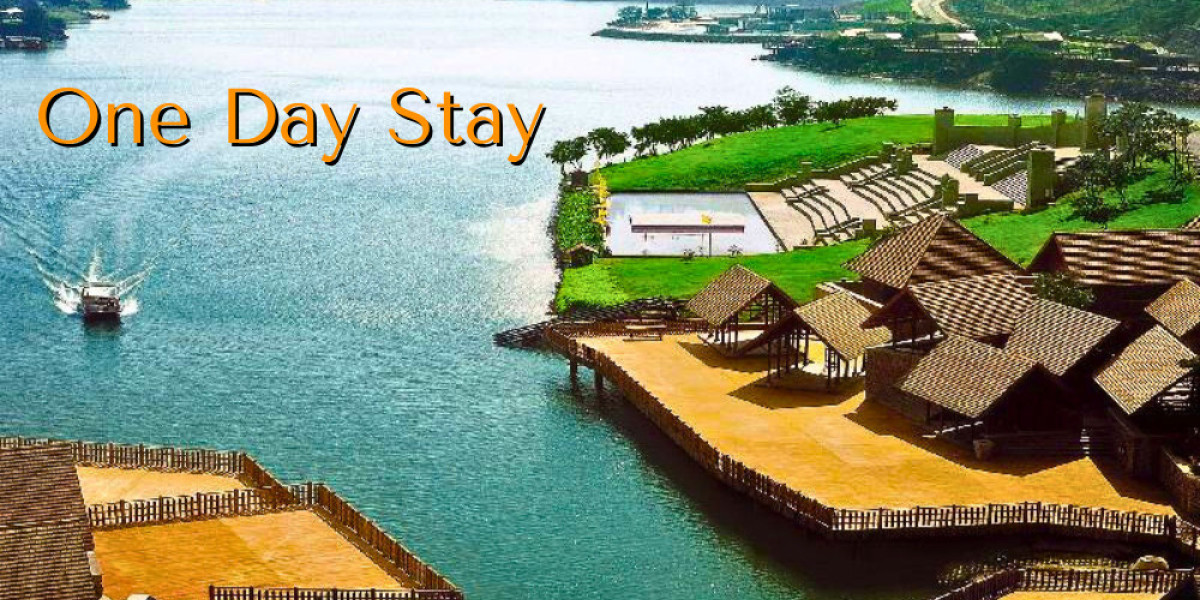Jaipur, known as the Pink City of India, is a vibrant tapestry woven with history, culture, and architectural marvels. Let's delve into the enchanting past of this city that continues to captivate visitors from around the world.
Why Jaipur is called the Pink City?
The moniker "Pink City" stems from a historical event in 1876 when the city was painted pink to welcome the Prince of Wales, later King Edward VII. In Rajput tradition, pink symbolizes hospitality, and this tradition has endured, lending Jaipur its iconic hue. Today, the city's buildings, adorned in shades of brown and rose, create a striking and memorable aesthetic.
A Glimpse of the Past: Jaipur's History
Founded in 1727 by Maharaja Sawai Jai Singh II, Jaipur was meticulously planned with principles from Vastu Shastra and Shilpa Shastra. Its wide streets, symmetrical squares, and grand palaces were a visionary expression of Jai Singh's dream of a prosperous city. Over the centuries, Jaipur thrived under Rajput, Mughal, and British patronage, evolving into a cultural and artistic hub.
Heritage Sites of Jaipur
- Amber Palace: A jewel of Rajput architecture, Amber Palace was built in the 16th century by Raja Man Singh I. Its intricate design, inlaid doors, and mirrored halls overlooking Maota Lake narrate tales of opulence and grandeur.
- Hawa Mahal: The Palace of Winds, with its intricate lattice windows, allowed royal women to observe street festivities discreetly. Its design is a testament to the delicate artistry of Rajput architecture.
- Nahargarh Fort: Perched on the Aravalli hills, Nahargarh Fort guards Jaipur's cultural legacy. Legend has it that it was named after Nahar Singh Bhomia, whose spirit haunted the fort until pacified during its construction.
- Jaigarh Fort: Linked with Nahargarh Fort through fortified passages, Jaigarh Fort is a military marvel showcasing Jaipur's defensive prowess. It houses Jaivana, the world's largest cannon on wheels.
- City Palace: A complex of palaces, gardens, and courtyards, City Palace offers a glimpse into Jaipur's royal lifestyle. Nearby, the Jantar Mantar observatory, built by Jai Singh II, is an astronomical marvel.
- Albert Hall Museum: Reflecting Jaipur's colonial heritage, the Albert Hall Museum is a blend of Indo-Saracenic architecture. It houses a rich collection of art and artifacts, depicting Rajasthan's artistic heritage.
Discovering Jaipur's Charm
Exploring Jaipur is a journey through time, where ancient forts, bustling bazaars, and culinary delights await. To experience royalty firsthand, visitors can choose from a range of accommodations, including Ridha Stay's options such as hotels, villas, and farmhouses. Whether it's a day outing or a longer stay, Jaipur's hospitality and cultural richness promise unforgettable moments.



